Heike Hanada with Benedict Tonon Selected to Design the New Bauhaus Museum in Weimar
By Bustler Editors|
Monday, Jul 9, 2012
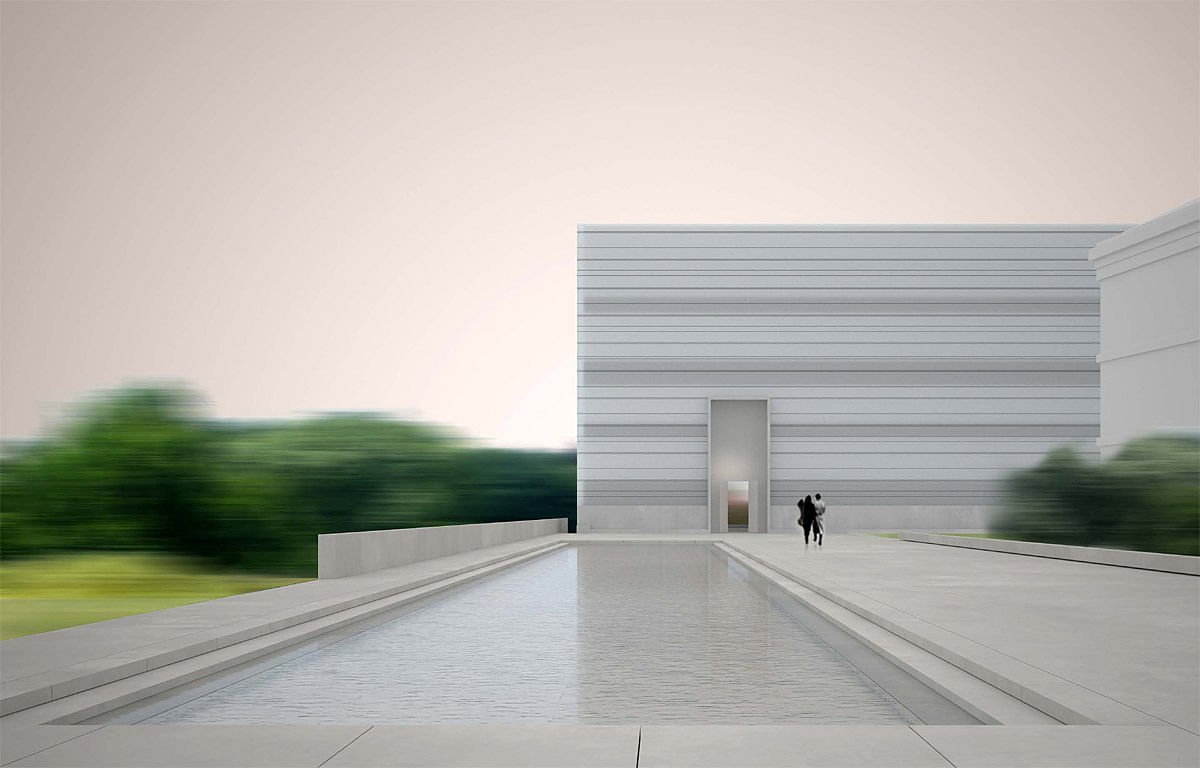
Related
In the final tendering procedure for the New Bauhaus Museum in Weimar, Germany, the highly minimalistic design concept by Berlin-based architect Heike Hanada with Benedict Tonon was today selected as the winning entry. Klassik Stiftung Weimar, the host of the international architectural competition for this prestigious project, had invited the four competition finalists (previously on Bustler) to partially rework the initial designs.
The New Bauhaus Museum is scheduled to open in 2015.
The winning design by Heike Hanada with Benedict Tonon positions a geometrically clear cube as a strong freestanding object on the park slope of the adjacent Weimarhallenpark. The jury was impressed by the outer appearance of the building based on the quality of the use of materials and the detailed facade design. The interior spaces offer a very high level of flexibility.
Christoph Matschie, Secretary of Culture of the Federal Country of Thuringia and chair of the Klassik Stiftung Weimar board, complimented the winning architect: "Now the Bauhaus, at its cradle in Weimar, finally gets a befitting place. Once again the Bauhaus will become a sign of ascent in the coming age."
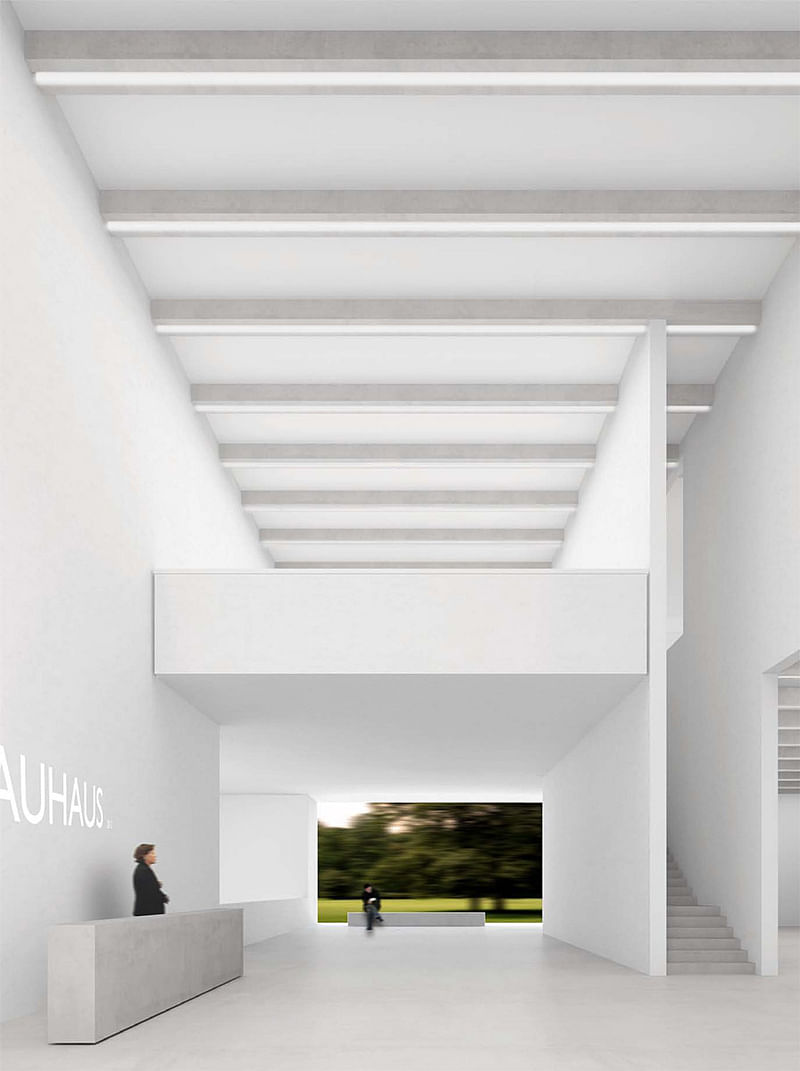
Project Description from the Klassik Stiftung Weimar (Translation from German via Google Translate):
The body of the museum consists of poured concrete, standing at the edge of the Weimar Hall Park. From a stone base of the glass block grows as a monolithic sculpture in space. The interior of the house offers space and structure, the outside lights of solitaire. Its edges and surfaces are translucent, diffuse transitions. Precision and clarity in the urban setting, the body responds in detail in its outermost layer of uncertainty and lights blur. This attitude pervades the complementary concept of the house. Visual impact and technical necessity, perception and action combine to form one unit.
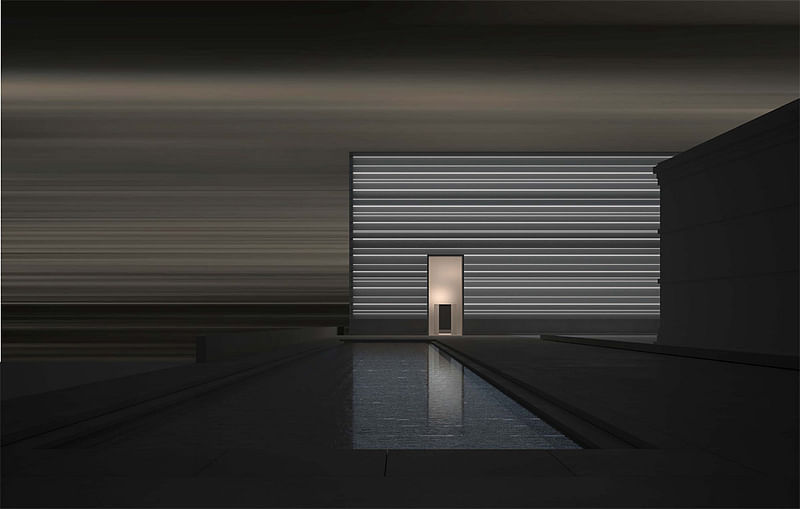
Narrow, opaque frosted glass strips which are arranged horizontally lying on metal brackets. They float freely without framing and form a glassy skin. Technology and optical effects to achieve an energetically meaningful symbiosis. The glass panels are a regular horizontal rhythm. This is overlaid with a linear grid of fine, etched black lines. The clear rhythm is broken here apparently irregular. The imaginary and the real space blend. The nighttime illumination by means of narrow strips of foil OLED (LED as a surface) behind glass supports this effect.
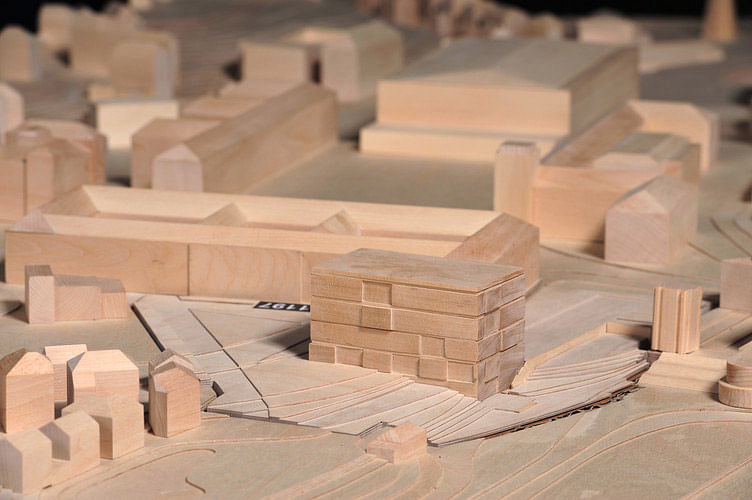
Narrow, opaque frosted glass strips which are arranged horizontally lying on metal brackets. They float freely without framing and form a glassy skin. Technology and optical effects to achieve an energetically meaningful symbiosis. The glass panels are a regular horizontal rhythm. This is overlaid with a linear grid of fine, etched black lines. The clear rhythm is broken here apparently irregular. The imaginary and the real space blend. The nighttime illumination by means of narrow strips of foil OLED (LED as a surface) behind glass supports this effect.
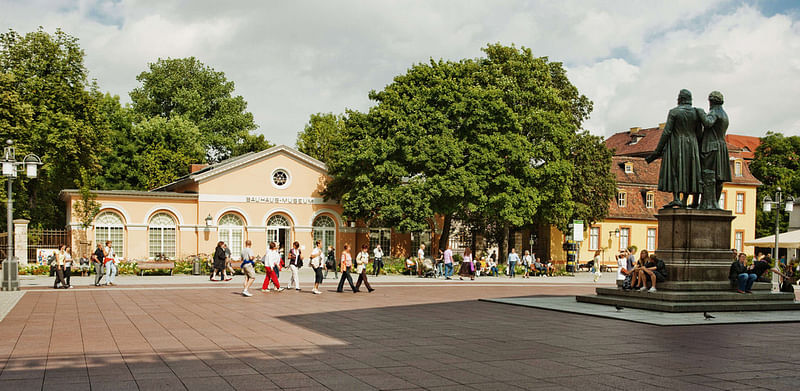
The design is characterized by a differentiated energy concept, developed by the internationally renowned office Transsolar / Stuttgart. Component activation, heat pumps, ventilation and solar panels ensure compliance with the required indoor climate conditions and simultaneously lead to a consequent reduction in energy requirements. The compactness of the building promises a comparatively small expenditure of resources. The bill proposes a number of measures aimed at the sustainability of the construction of durable building materials such as glass, concrete, stone and clay plaster is ensured.
Find more plans of the museum in the image gallery below.
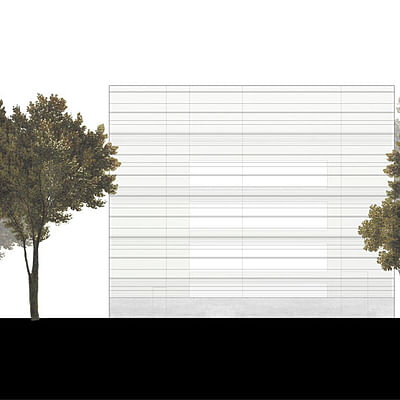
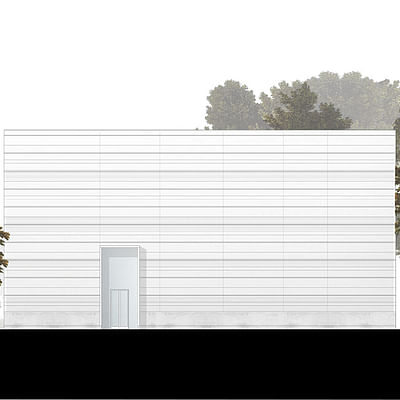
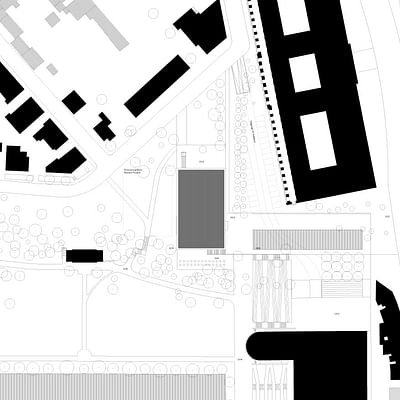
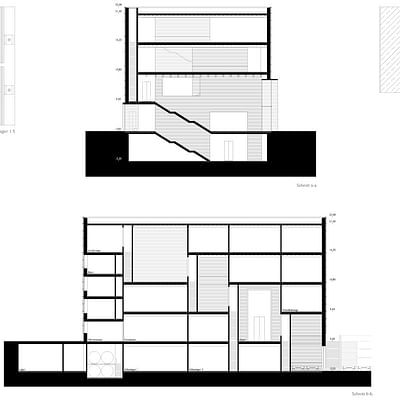
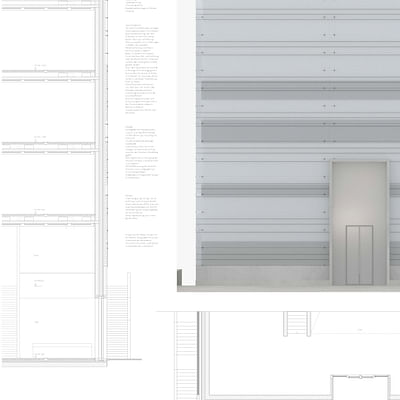
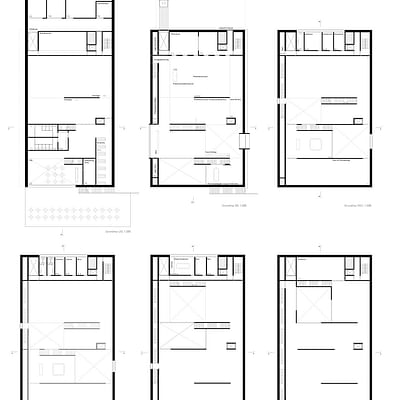

Share
0 Comments
Comment as :